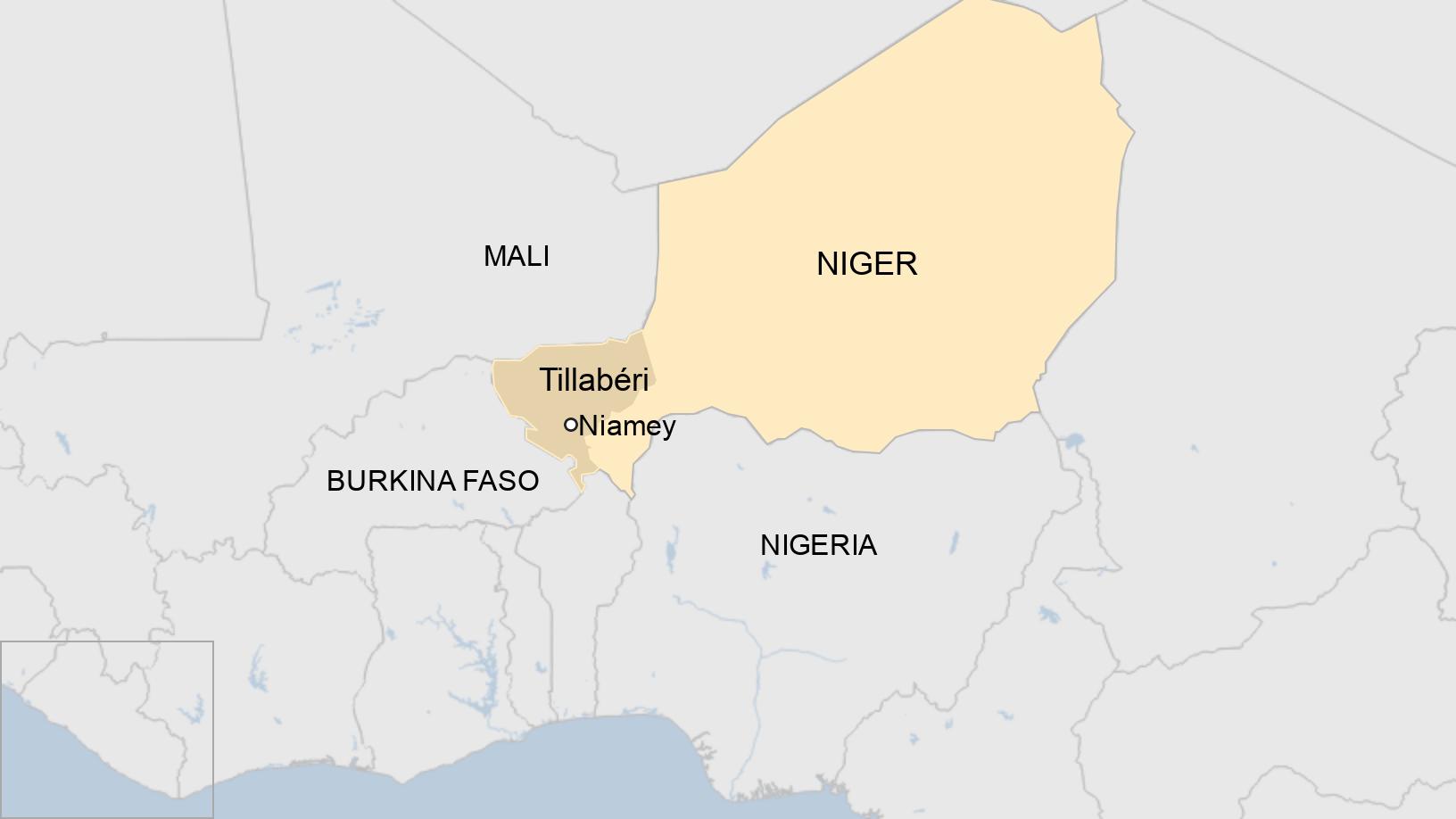January 28, 2021

By Mollie Zapata, Research Manager
A recent extremist attack that killed 105 civilians highlights the need for international attention and immediate action to mitigate risk for mass atrocities in Niger.
On January 2, a group of men on motorcycles, likely associated with the Islamic State in the Greater Sahara (ISGS), killed 105 civilians in a simultaneous attack on two villages in the Tillabery region of Niger. This region is part of the restive “tri-border area” shared by Niger, Mali, and Burkina Faso.
This was the deadliest single attack on civilians in Niger, and may indicate a worrying turning point in the scale of violence and armed groups’ willingness to massacre large numbers of civilians. Attacks on Nigerien civilians have increased over recent years and such a large-scale attack may foreshadow increased violence against civilians in the year to come. The Nigerien government has responded quickly, and should continue to investigate the recent attack, hold those responsible accountable through judicial processes, and step up efforts to secure the region both immediately and in the longer-term.
According to the Early Warning Project, Niger is at “medium” risk for mass killing—ranking 48th in the 2020-21 Statistical Risk Assessment. Action now could prevent an increase in risk in coming years.
Source: ACLED, https://acleddata.com/; accessed January 12, 2021.
Civilians Caught in Conflict Between Extremists and the State
After the 2013 French intervention in Mali, many of the extremists involved in the rebellion—then members of Mouvement pour l'unicité et le jihad en Afrique de l'Ouest (MUJAO)—fled to the Mali-Niger border area, which has long lacked a strong state presence. There they positioned themselves as legitimate substitutes for the state, establishing deep connections with local populations, especially the Peul (or Fulani).
MUJAO’s spokesman, Adnan Abou Walid al-Sahraoui, pledged allegiance to the Islamic State in 2015, becoming emir of the new Islamic State in the Greater Sahara (ISGS).
After a series of international military campaings involving regional governments as well as France and the United States, the government of Niger realized that through their efforts to contain the jihadist threat they were alienating local populations and contributing to inter-ethnic divisions. The Nigerien government launched a new strategy in mid-2018 that included outreach to local populations. However, this new strategy has been met with limited success: ISGS attacks have increased against military targets as well as against civilians.
In 2020, the Nigerien military mounted a campaign against civilians suspected of collusion with ISGS. The country’s National Commission for Human Rights (CNDH) concluded that the campaign included mass executions, resulting in 71 civilian fatalities from March 2–April 2, further hurting the military’s credibility as providers of security. According to ACLED, across the country, the actions of state security forces resulted in the deaths of 61 civilians in February and 93 in March.
Recent Attacks in Tillabery
In December, Nigerien intelligence services received warning of an impending attack on the villages of Tchoma Bangou and Zarouma Dareye, and immediately deployed the military to the region from December 29-January 1. On January 2, after the military contingent left, a group described as hundreds of men on motorcycles swept into the neighboring villages and massacred mostly men and boys. They killed 73 people in Tchoma Bangou and 32 people in Zarouma Dareye, inflicted 26 gunshot wounds, burned hundreds of granaries, and displaced approximately 1,523 households (10,600 people).
This attack was the cumulation of escalating tensions between the villagers and suspected ISGS militants operating in the region. The January attack occurred after villagers refused to pay zakat (an Islamic religious obligation that jihadists demand annually of civilians in exchange for security) after ISGS demanded it for a third time in one year. The villagers instead organized a militia to defend themselves, which angered the jihadists. Such tensions are becoming increasingly problematic in the region. The horrific scale of the January 2 attack may be intended as a message to other civilians who may be tempted to organize against ISGS.
State Response and Future Risks
The immediate response of the Nigerien government has been to declare three days of national mourning, send an investigative team to the region, deploy the military, coordinate a humanitarian response to help those displaced, and start intercommunal dialogues. These measures are critical for the immediate needs of the population and may be a first step towards rebuilding trust and security between civilians and the state within Tillabery.
However, civilians in Tillabery, as well as those who have been displaced, are still at risk. Communities that accept government protection, or resist jihadists themselves, may be further targeted by armed groups, while those left with no choice but to coexist with jihadists may be targeted by state security forces as alleged collaborators (as was the case in early 2020).
The January attack indicates a worrying turn of events in Niger, which thus far has not experienced extremist violence at the same levels as its neighbors, Mali and Burkina Faso. ISGS operates in all three countries, but is disparate and deeply tied to local dynamics.
The Nigerien government should continue to investigate the recent attack, hold those responsible accountable through judicial processes, and secure the region. Beyond that, additional analysis is needed to better understand the risk for mass atrocities in Niger and actions that would best prevent further increases in violence. Experts working on peacebuilding, programs to counter violent extremism (CVE), and counterterrorism should assess the risk of atrocities in Niger specifically, rather than assuming that the conflict dynamics are the same as in neighboring countries.
View All Blog Posts
